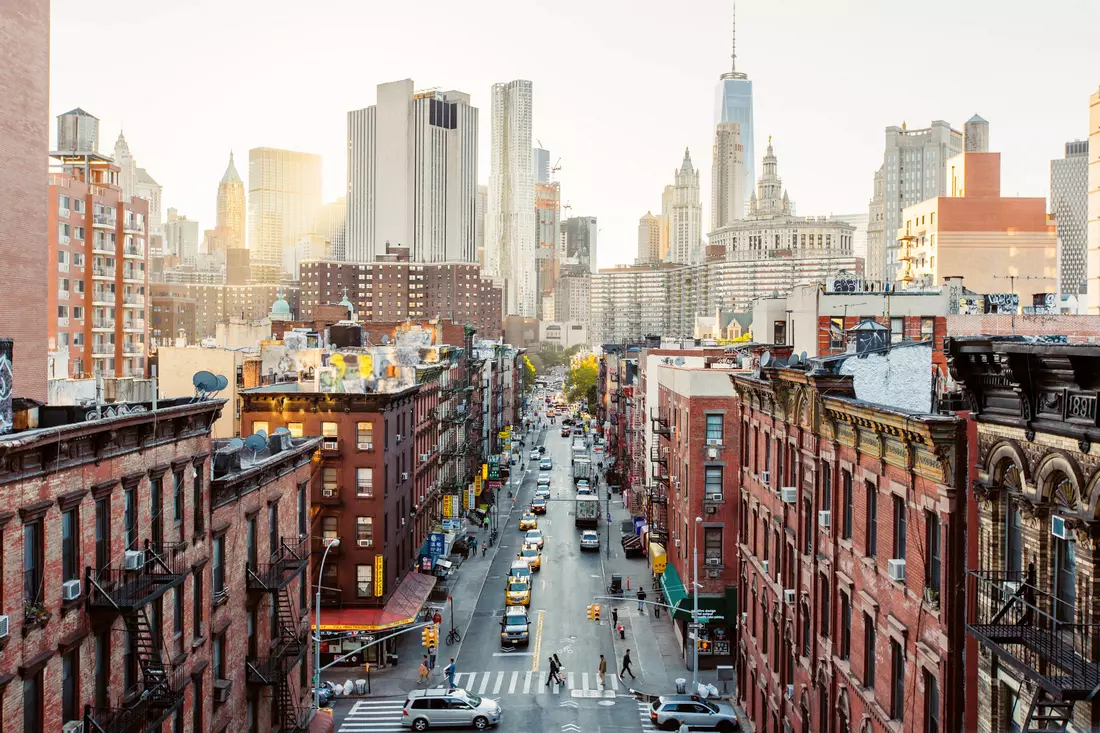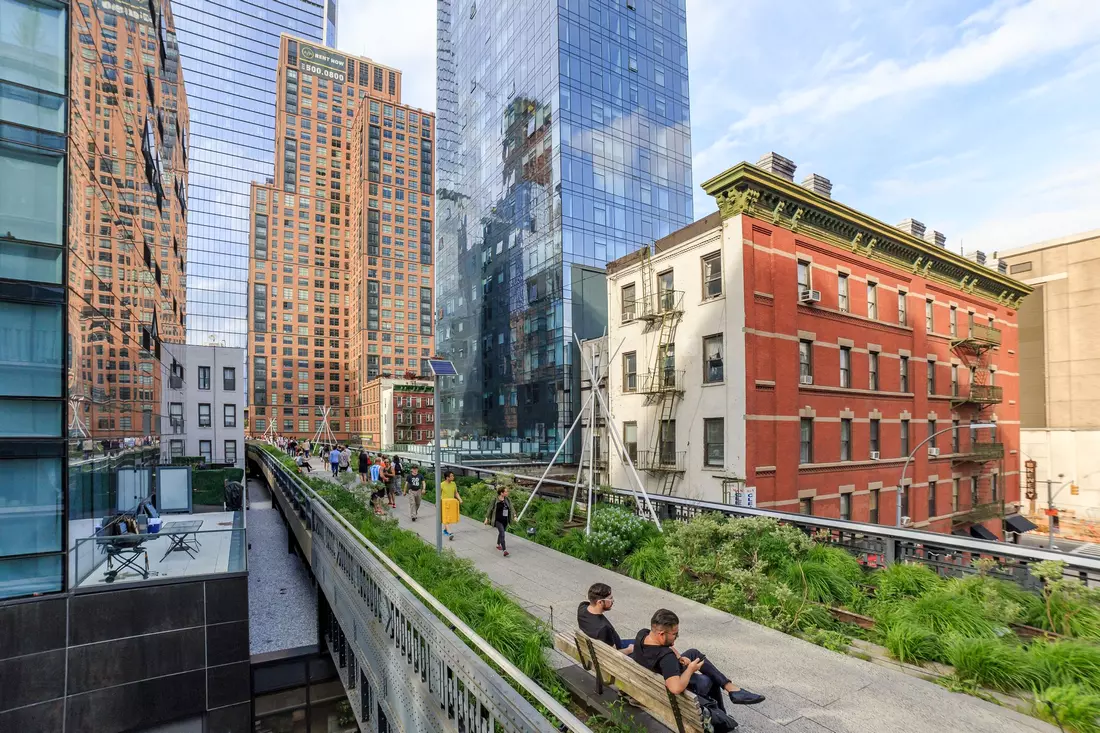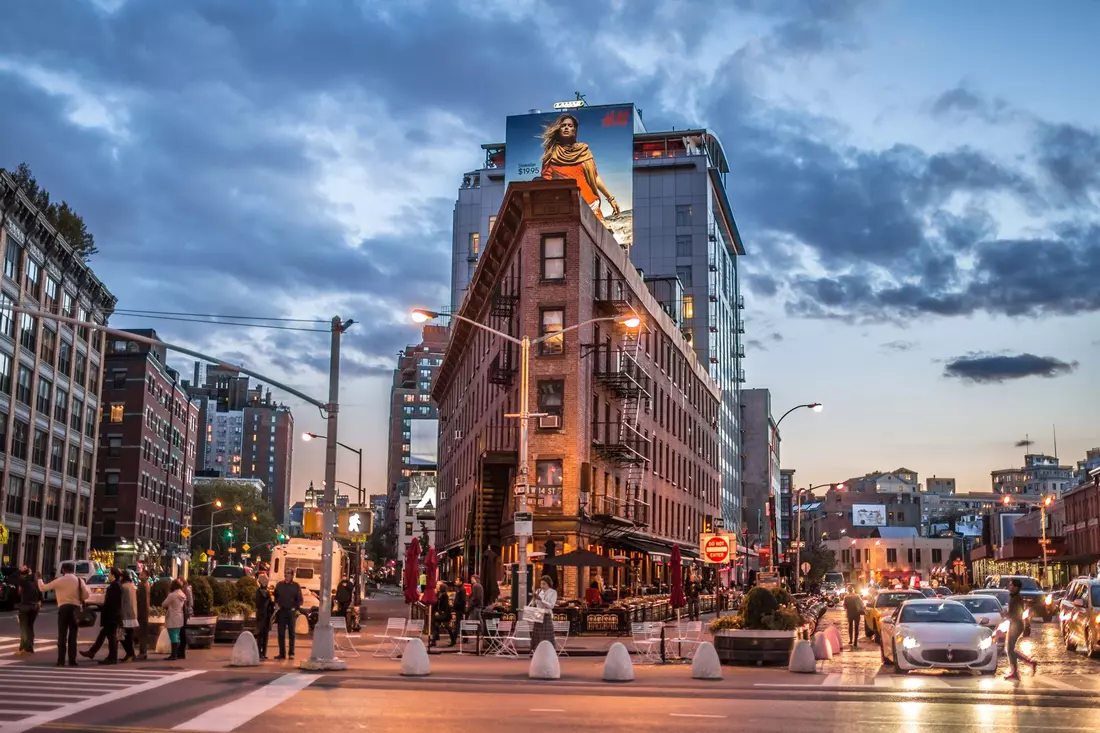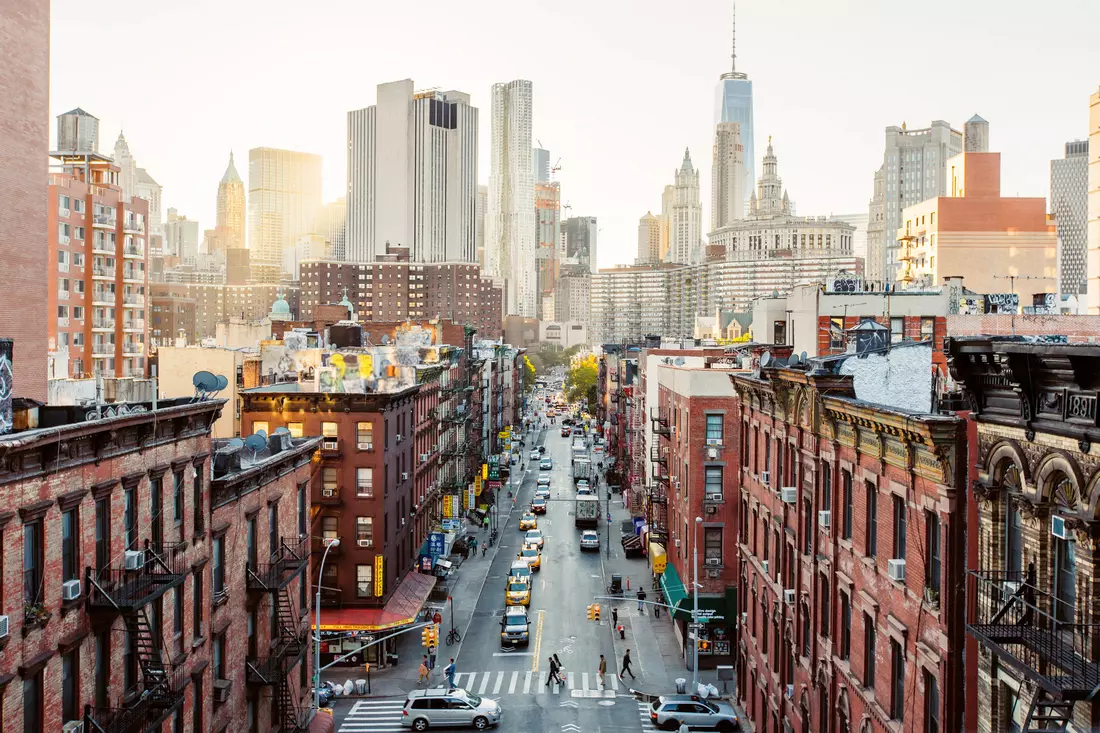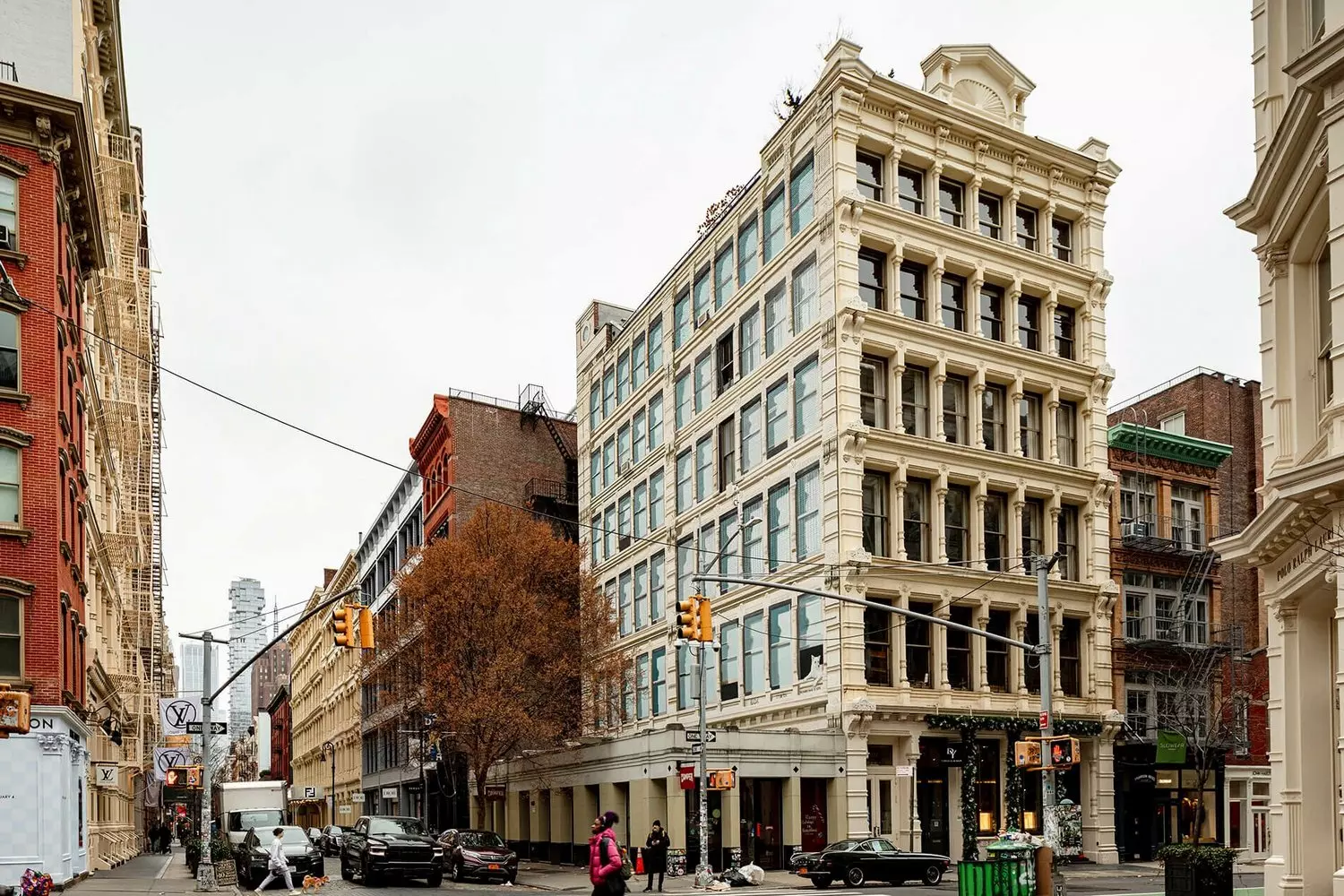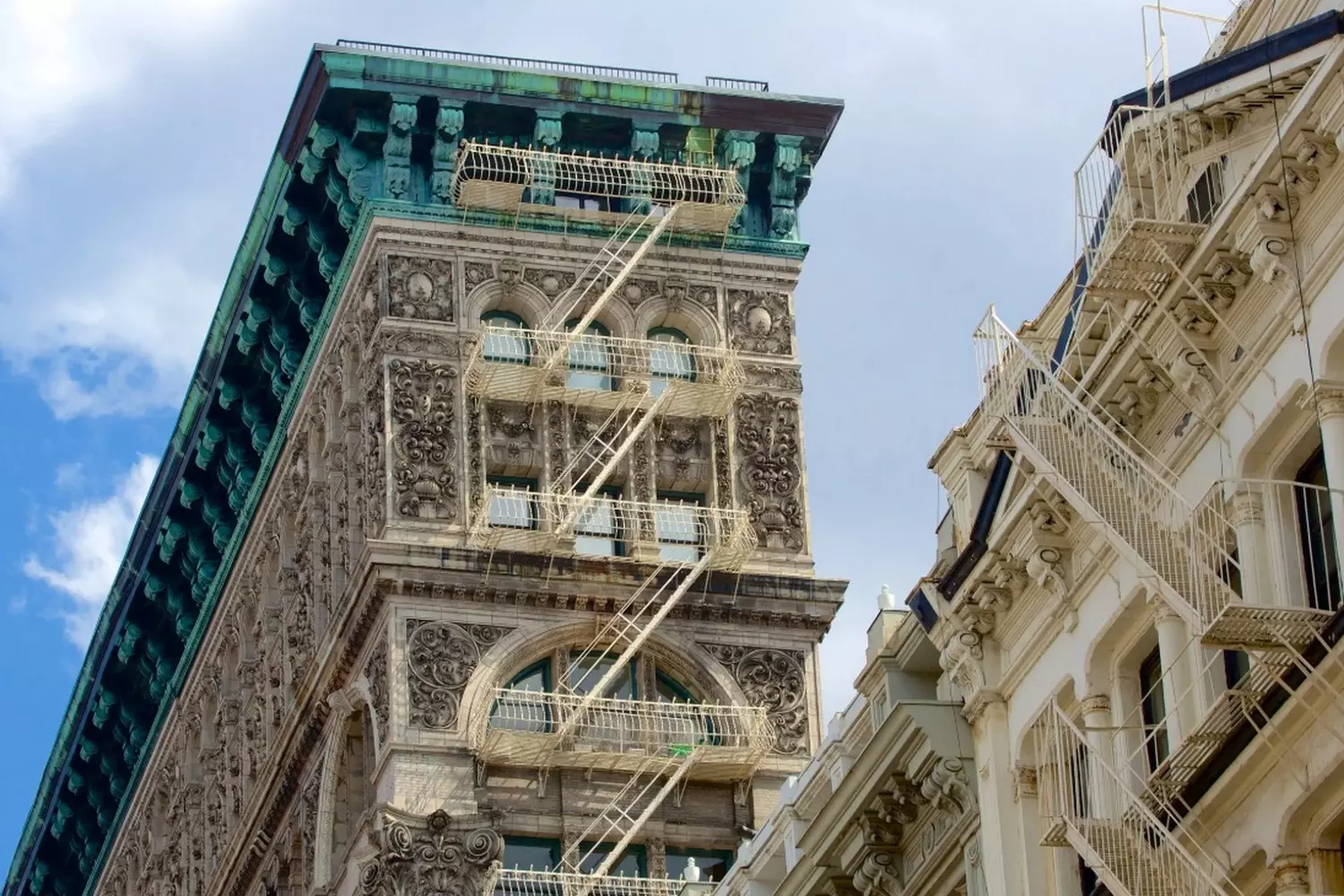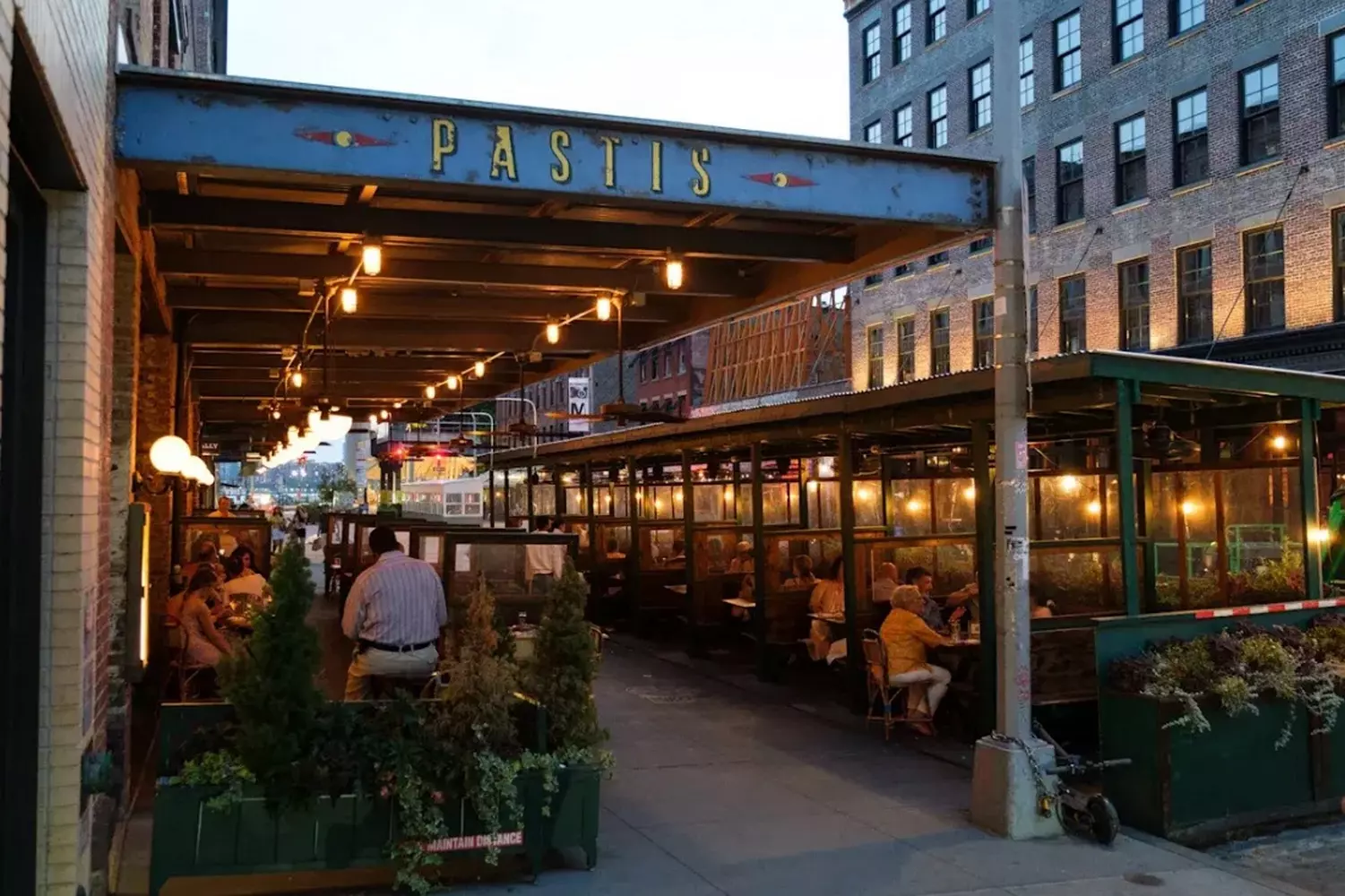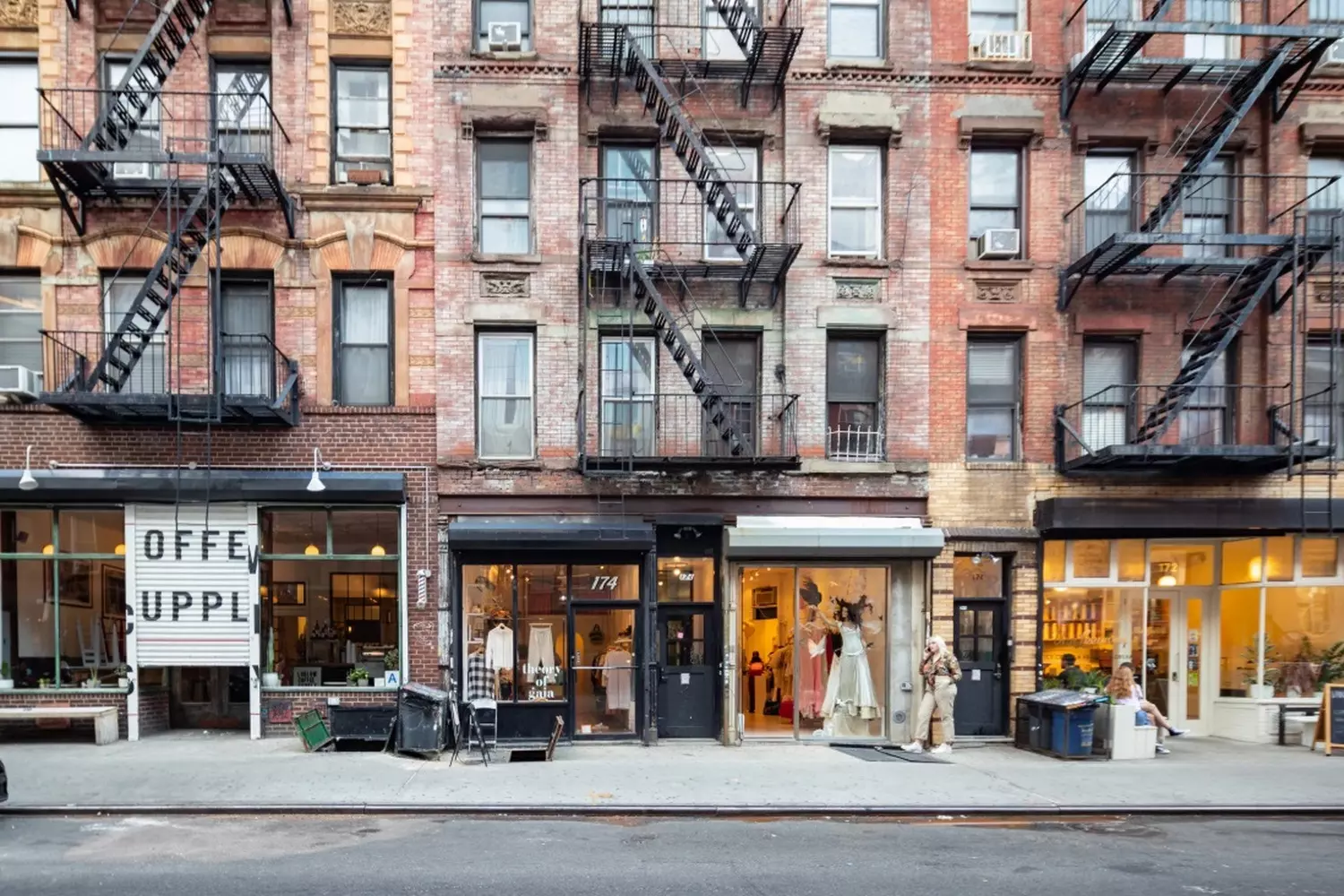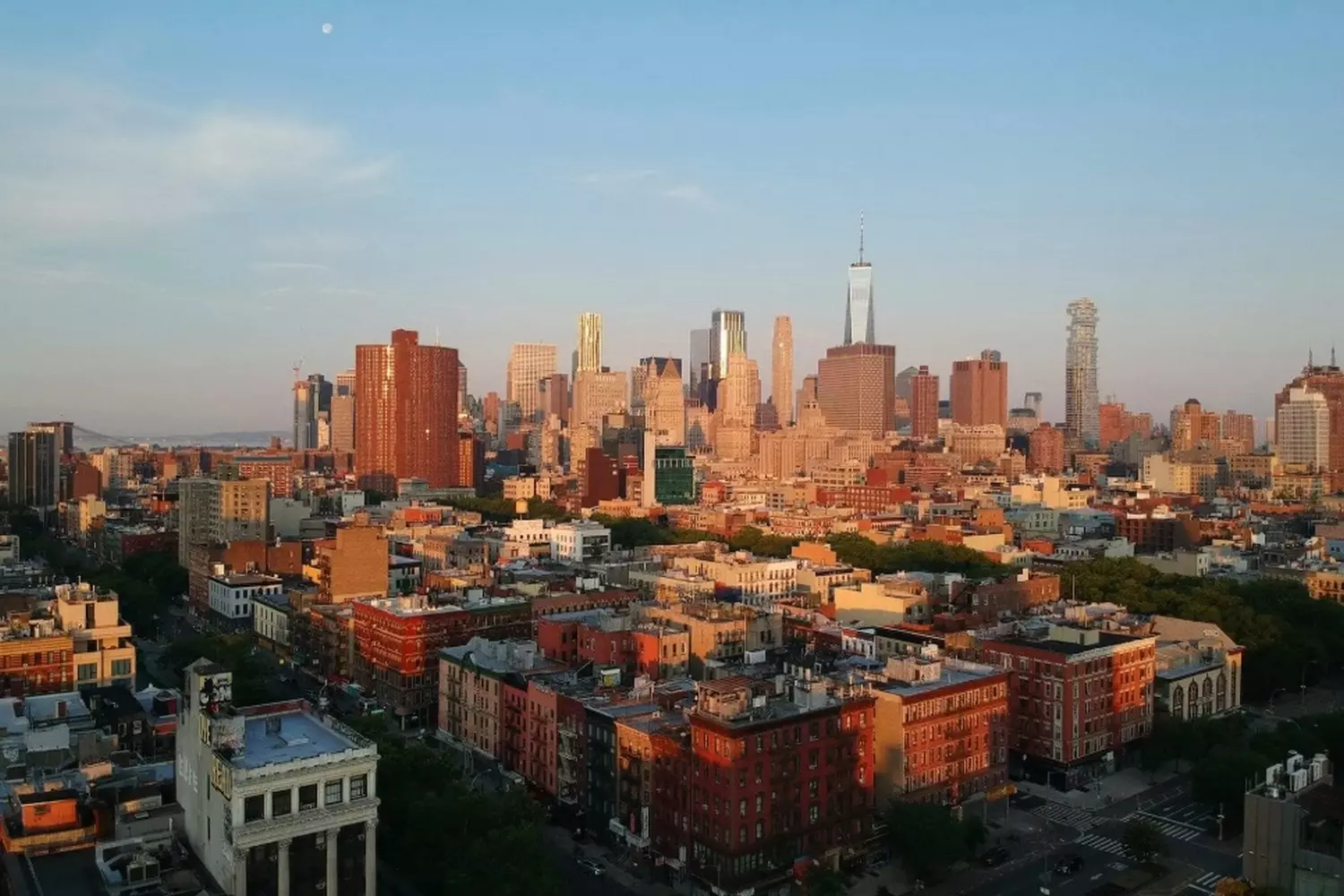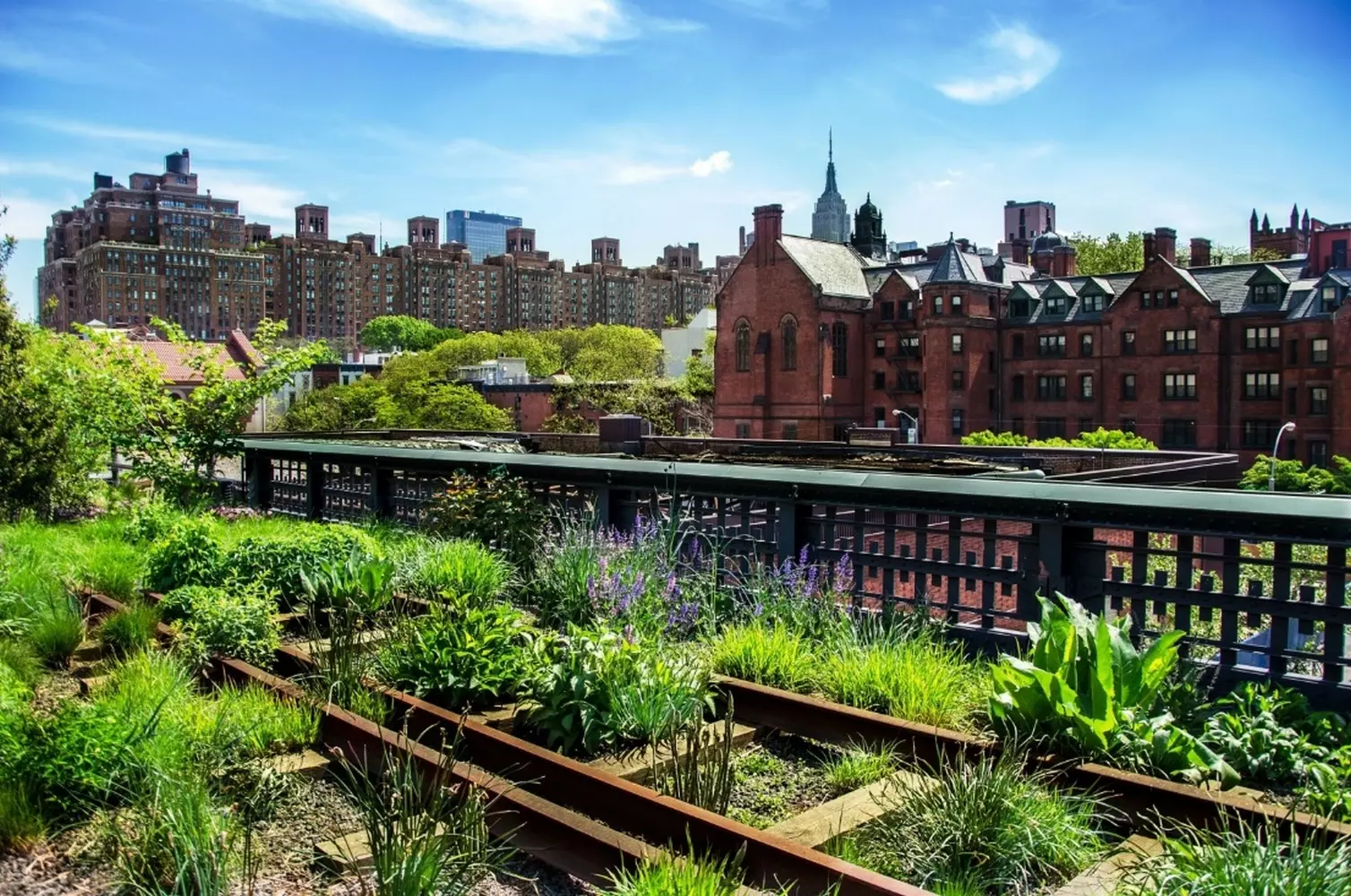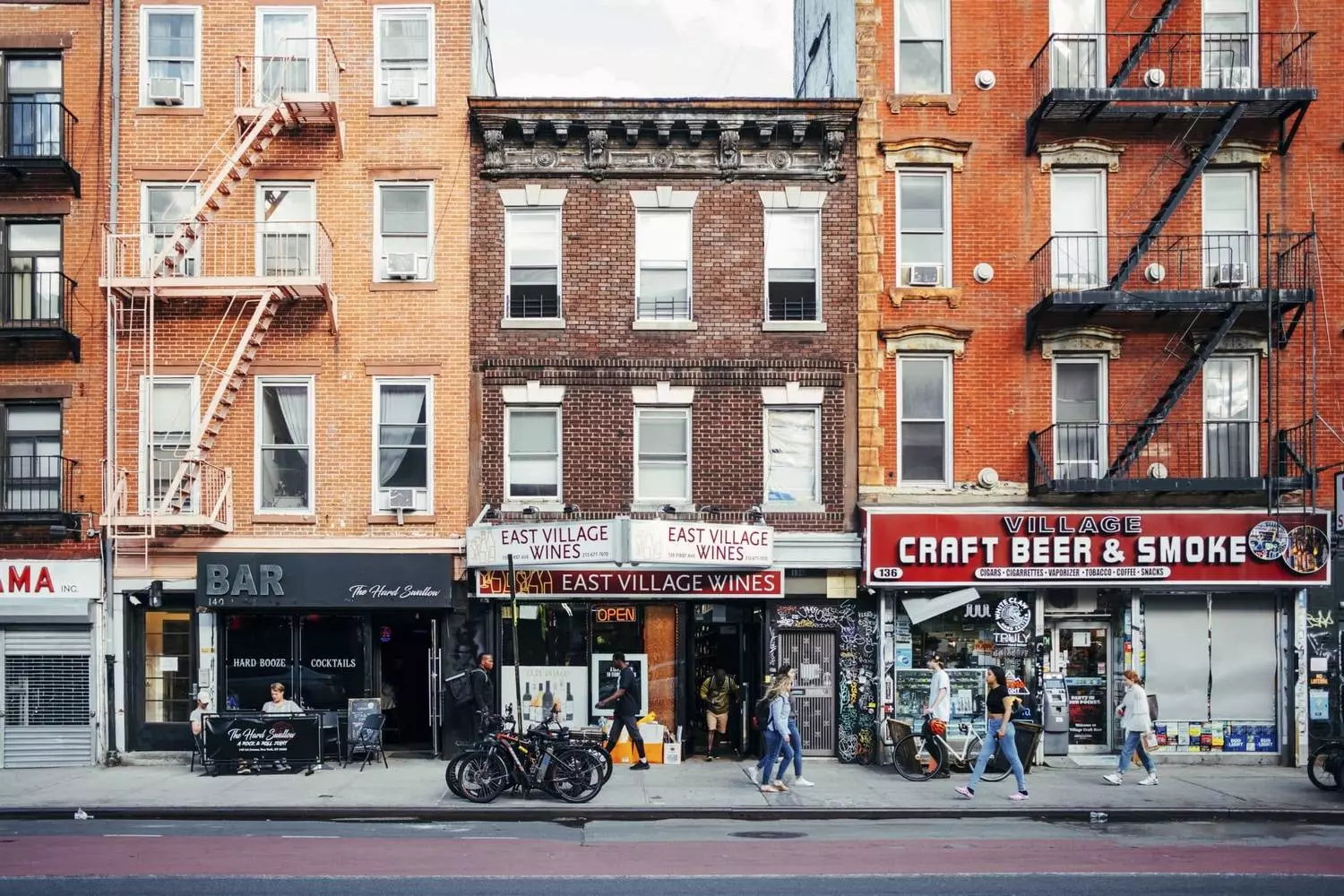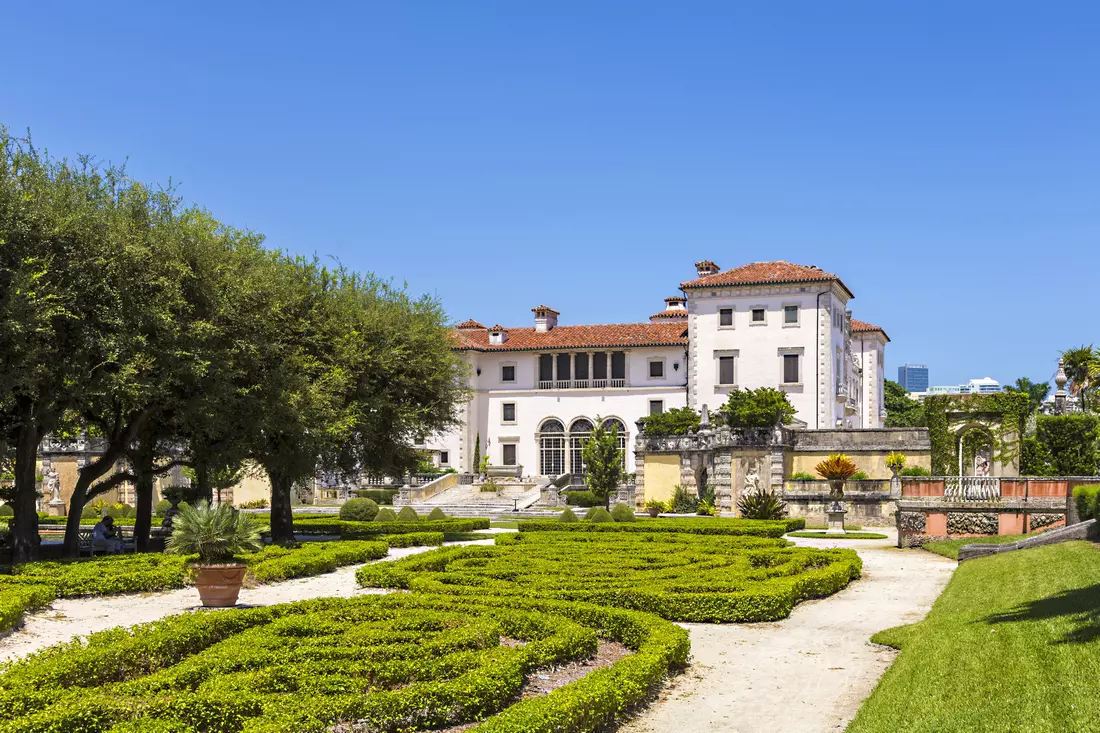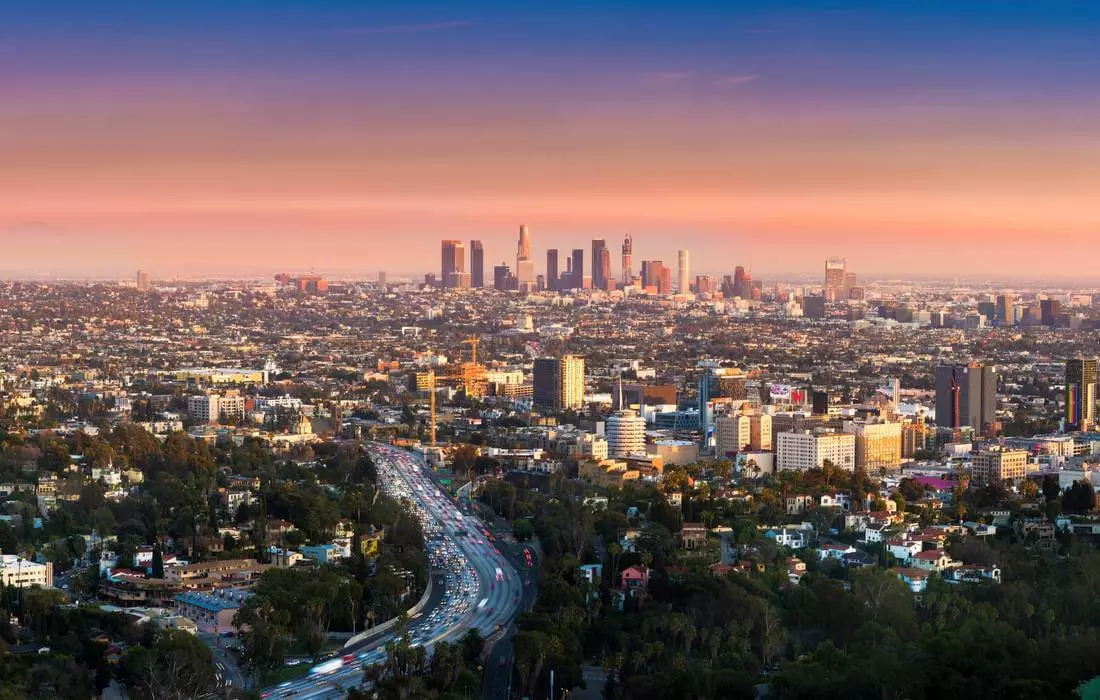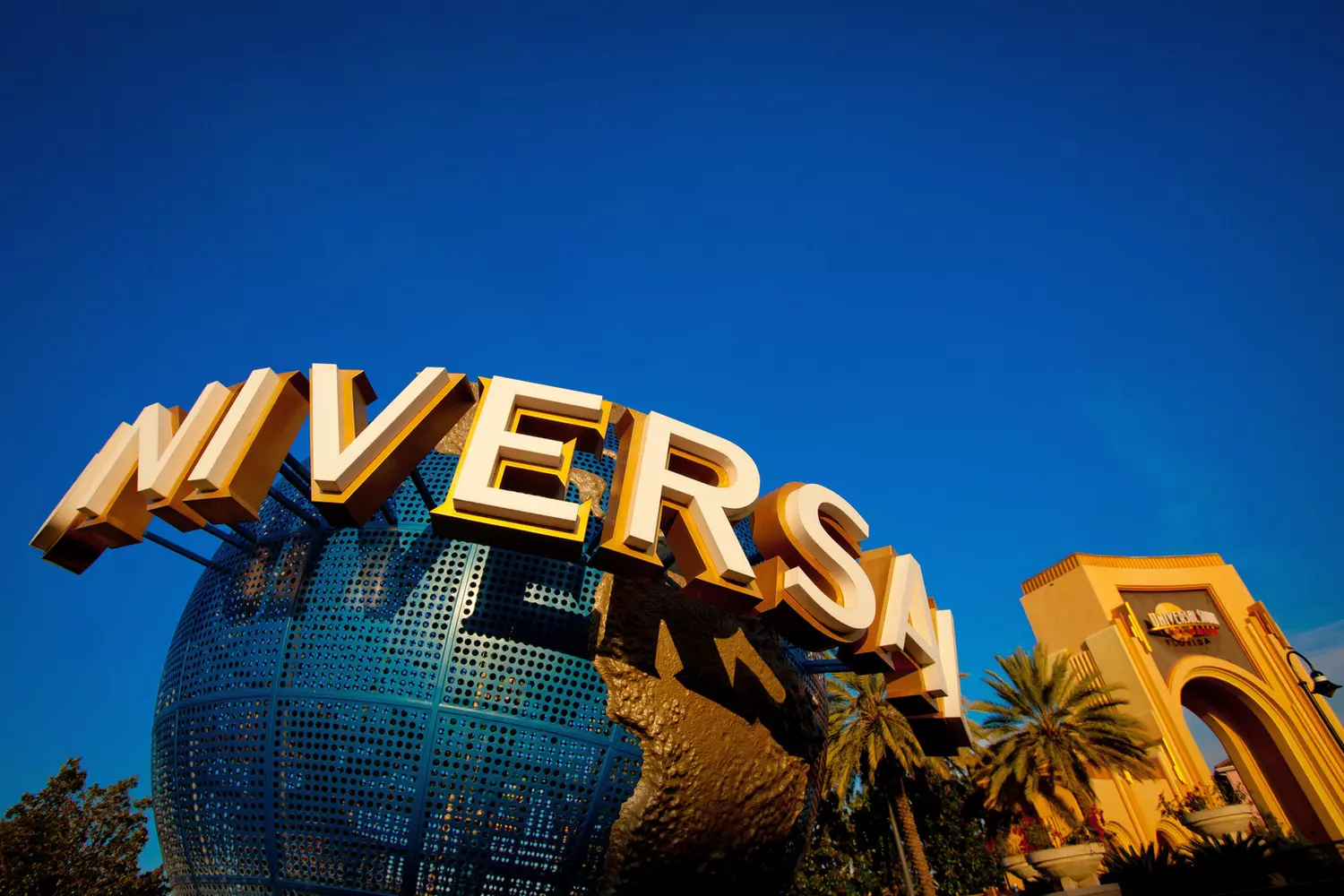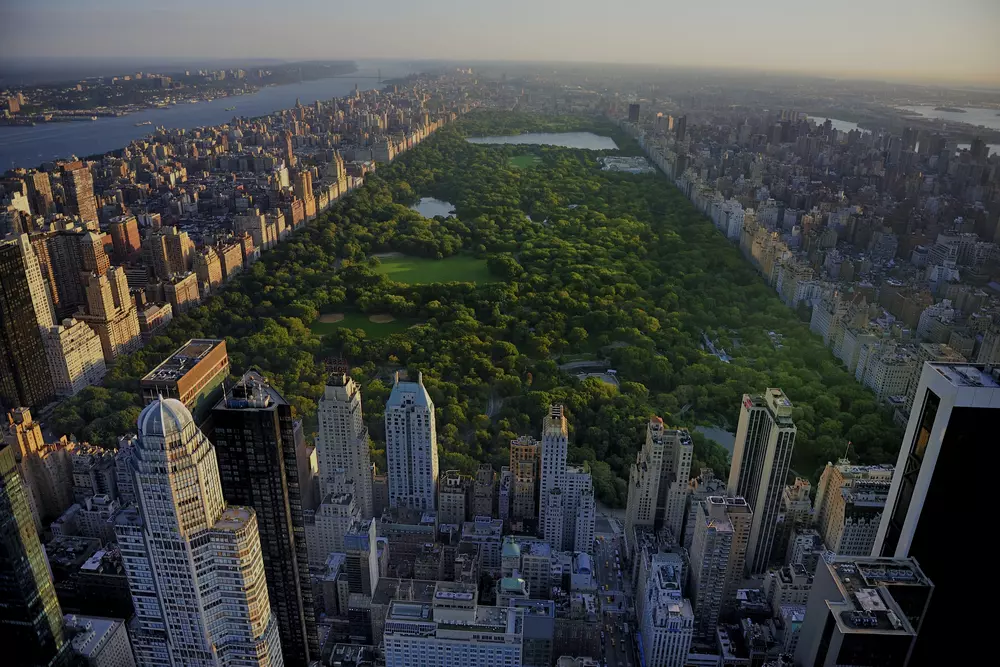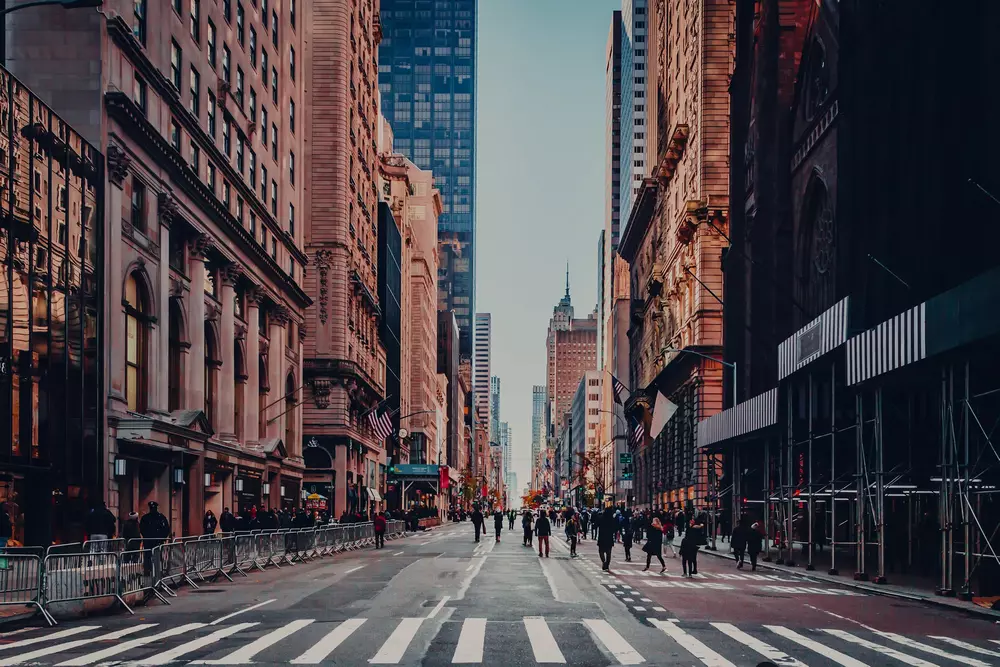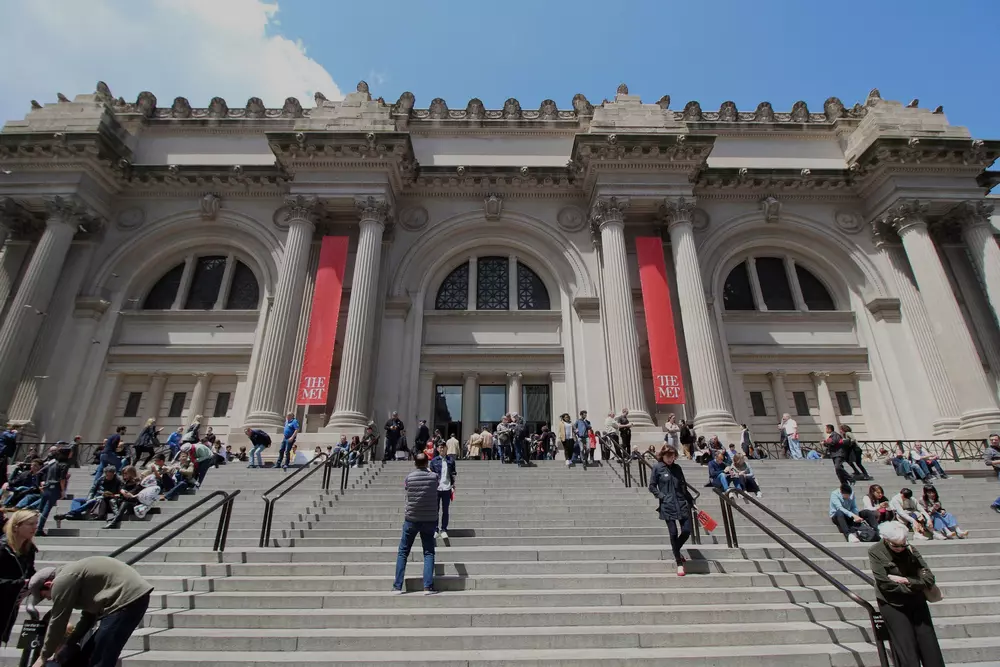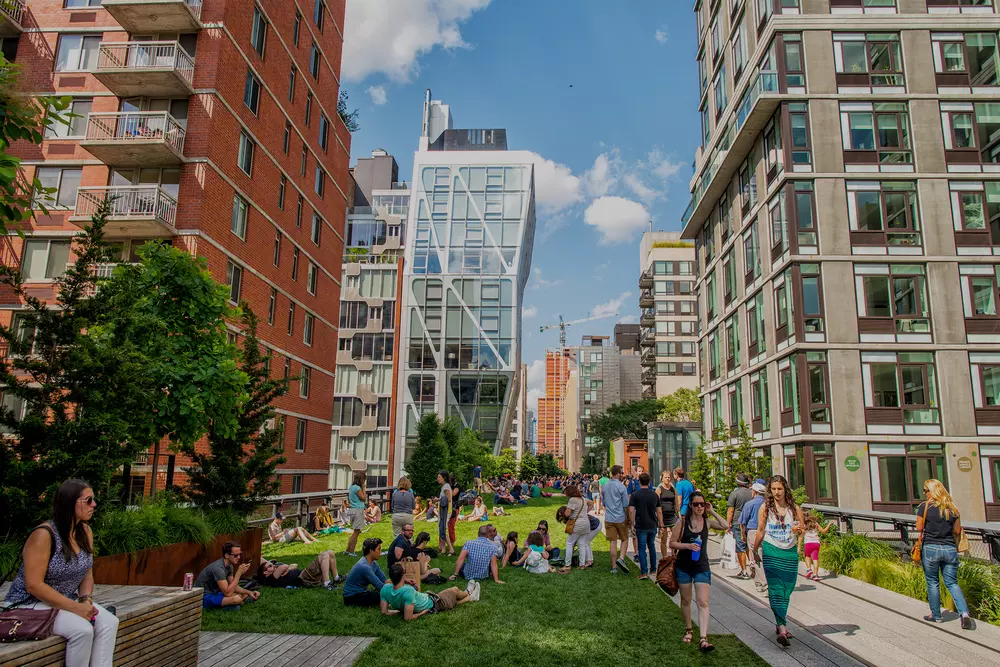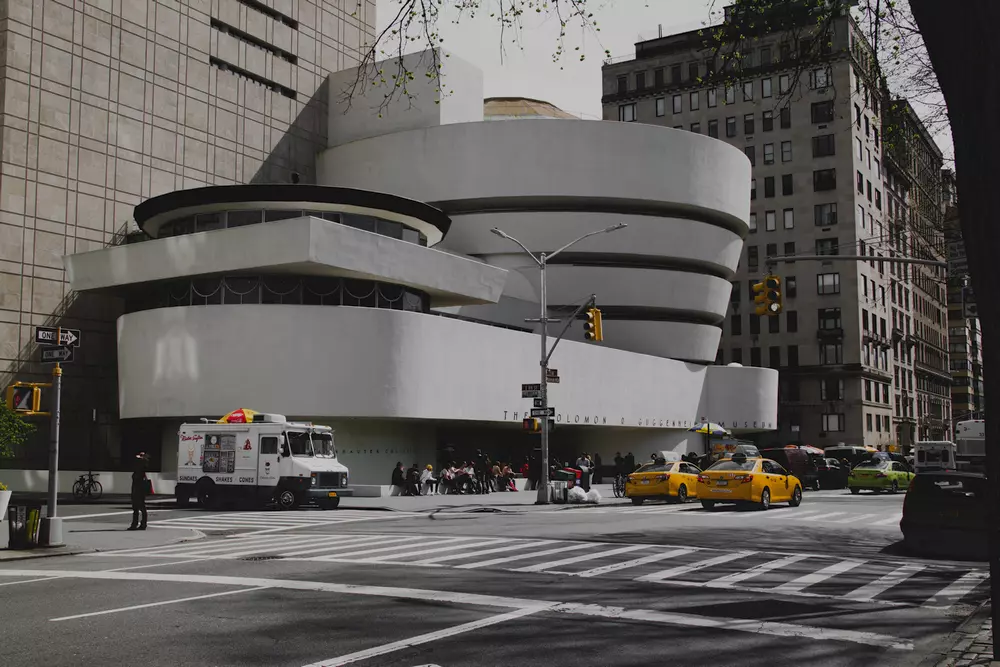Historic Neighborhoods of New York
Immerse yourself in the atmosphere of old New York: historic neighborhoods, 19th-century architecture, charming streets, and iconic landmarks await you on this tour.
- State:New York
- Tour type:Sightseeing
- Departure:New York City

Historic Neighborhoods of New York
New York is a city that cannot be taken in at a single glance. Tourists usually see Manhattan’s skyscrapers, the sparkling shop windows of Fifth Avenue, and Times Square with its endless stream of lights. But New York is more than glass and concrete. It has a face that preserves the memory of the past and tells the story of how a small settlement on the banks of the Hudson River became the world’s capital.
It is in the city’s historic neighborhoods that its true character is hidden. Behind narrow streets, brick buildings, cast-iron fire escapes, and old façades, you can glimpse the America depicted in films and novels. It’s a walk through time — from the industrial romance of the 19th century to the bohemian cafés and galleries of the 21st century.
American Butler invites you to discover New York as only the locals know it. With us, you will see the city not as a tourist, but as an explorer entrusted with the keys to its hidden past.
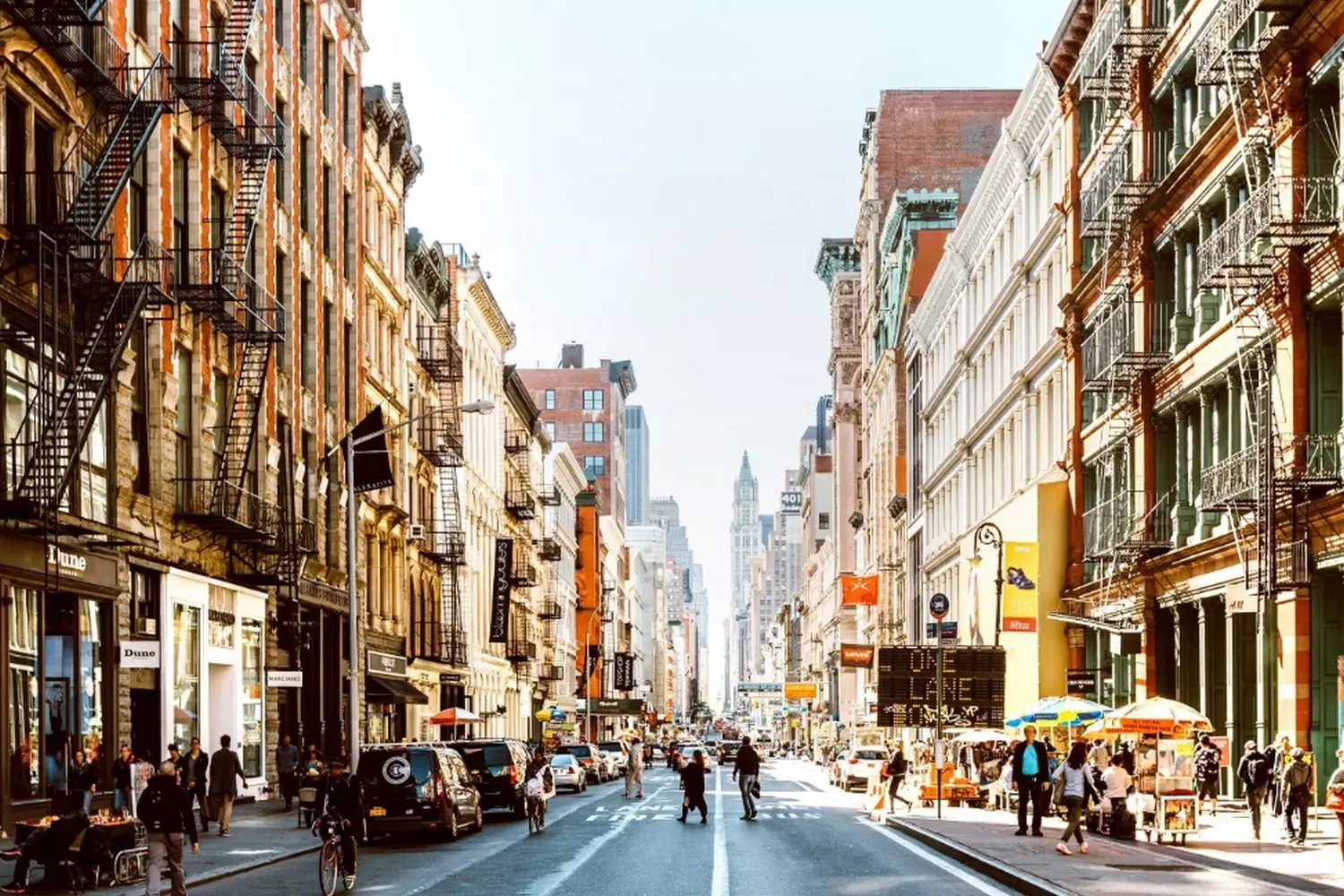
New York led the way in the U.S. in protecting historic neighborhoods. Established in 1965, the Landmarks Preservation Commission preserved the unique architecture of SoHo and the Village, preventing them from being swallowed by gray skyscrapers.
Explore New York’s Historic Districts: Where Past and Future Converge
New York’s historic neighborhoods are not museum zones under glass domes — they are living districts where people still live, work, and relax. They have preserved the layout, architecture, and atmosphere of different eras, while seamlessly fitting into the rhythm of a modern metropolis. Walking their streets, you realize that New York is not just skyscrapers, but a layered city where every generation has left its mark.
- 01. SoHo: The Cast-Iron Heart of Manhattan
SoHo is one of the city’s most recognizable neighborhoods. Its signature style is the massive 19th-century cast-iron façades. They were once part of the textile industry: shops on the ground floor, workshops above. Later, the buildings were abandoned, and that’s when artists moved in — huge industrial lofts became ideal studios.
Today, SoHo is a hub of art, fashion, and shopping. Galleries, designer boutiques, vintage stores, and cozy cafés coexist with historic architecture. This neighborhood symbolizes how industrial America transformed into a creative one. - 02. Meatpacking District: From Slaughterhouses to Bohemia
The name Meatpacking District says it all: in the early 20th century, there were nearly 300 slaughterhouses and meatpacking plants here. The area was harsh and pungent, but in the 1960s, industry declined, and the district fell into disrepair.
However, the 1990s brought a revival: the old rail tracks were replaced with High Line Park, and former industrial spaces were transformed into restaurants, bars, and clubs. Today, Meatpacking is one of New York’s trendiest neighborhoods, attracting visitors with its atmosphere, gastronomy, and nightlife. - 03. West Village: A European Oasis in the Metropolis
West Village is a neighborhood that breaks the typical New York street grid. Its layout has been preserved since the time of Dutch settlers, which is why the streets meander, forming cozy blocks.
It is often called “Little Bohemia”: writers, actors, and musicians were drawn here. Even today, many celebrities live here, and cafés and bookstores maintain the bohemian atmosphere of New York. West Village is a contrast to bustling Manhattan: it feels like stepping into a small European town. - 04. Lower East Side: New York of the People
Lower East Side was long considered an immigrant neighborhood. In the 19th century, Jews, Italians, Germans, and Irish moved here in large numbers, each leaving a piece of their culture behind. Buildings with fire escapes became a symbol of the district, while small shops and stores became its soul.
Today, the Lower East Side is famous for its cuisine. Here you can try legendary New York bagels, pastrami, Chinese noodles, and dozens of other dishes reflecting a mix of cultures. This area is a living encyclopedia of how New York became a city of immigrants.
Ultimately, each of these neighborhoods tells a chapter of New York’s story. Together, they form a portrait of a city where the past and the future live side by side.
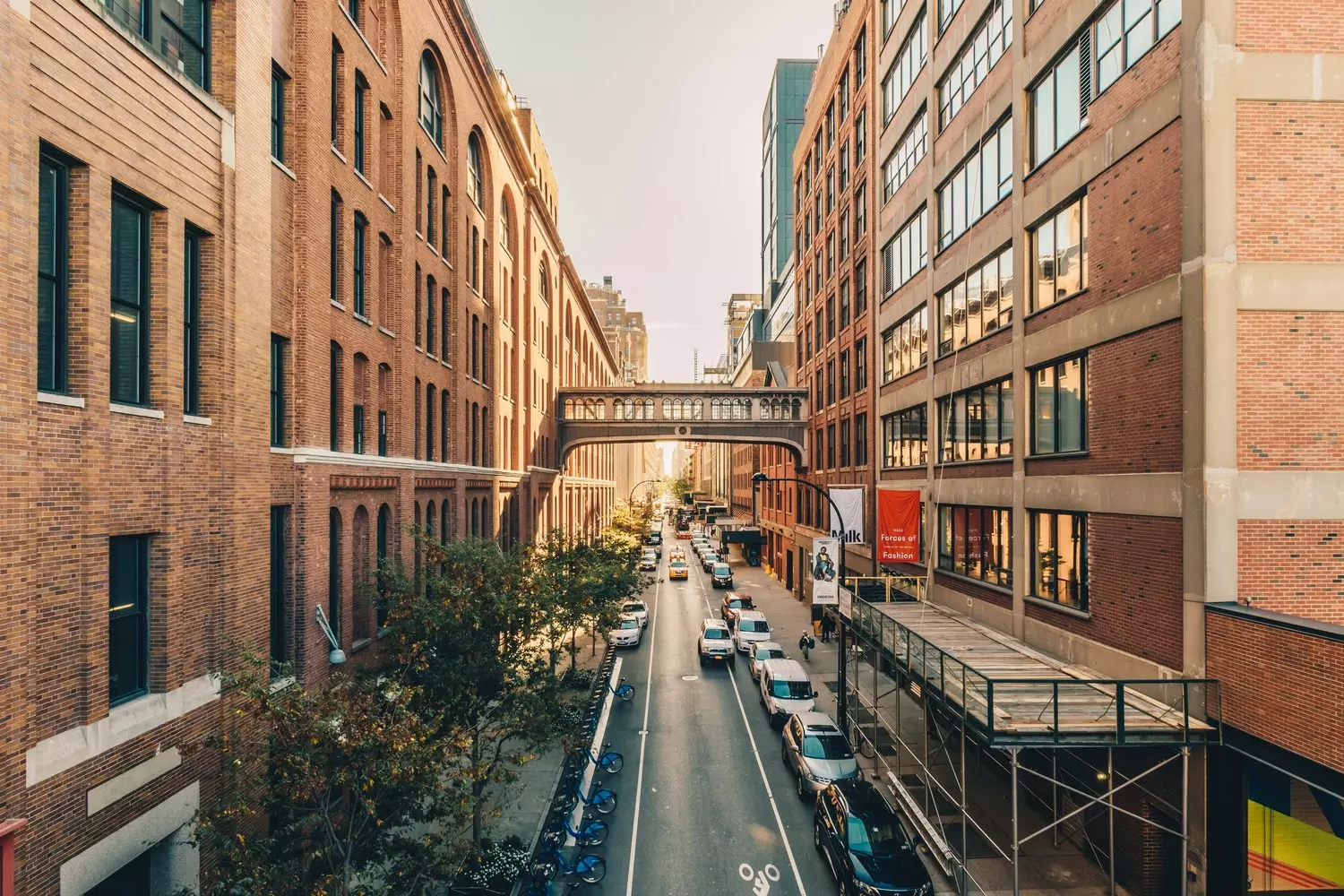
Explore and Enjoy: Activities in New York’s Historic
A tour of New York’s historic neighborhoods is not just about beautiful buildings and architectural landmarks. It’s a kaleidoscope of experiences, where you can live several lives in a single day. In one district, you feel transported to the industrial 19th century, in another — to bohemian Europe, and a little further, you experience the vibe of a gastronomic capital of immigrants.
- 01. Leisurely Walks
The best way to feel these neighborhoods is on foot, forgetting about maps and watches.
- In SoHo, you can spend hours admiring the cast-iron façades, gleaming in the sun with a metallic shine, looking like film sets.
- In West Village, it’s delightful to get lost: the streets are so winding that even a GPS sometimes gives up, but that’s exactly their charm.
- In Meatpacking, a walk becomes a play of contrasts: old brick warehouses stand alongside designer boutiques.
- 02. Shopping with Character
If standard shopping malls bore you, this is where New York’s shopping with character unfolds.
- SoHo is a paradise for aesthetes: from designer labels to vintage stores where you can find unique items.
- In Meatpacking, modern brands coexist with local workshops, where each piece is a work of art.
- In the Lower East Side, small shops still operate in a neighborly way — with a smile and lively conversation.
- 03. Cafés, Bars, and Gastronomy
New York cannot be understood without food, and in these neighborhoods, gastronomy is part of the culture.
- In Meatpacking, you can have lunch in a restaurant that was once a meat warehouse.
- At Chelsea Market (near Meatpacking), you should try fresh seafood and street food from around the world.
- In the Lower East Side, a legendary bagel with salmon or a pastrami sandwich is not just a snack — it’s a cultural experience.
- In West Village, cafés resemble European coffeehouses, where a writer, student, and actor might sit at the same table.
- 04. Experience Movie-Like New York
These neighborhoods may look like sets, but they are real.
- Terracotta buildings of the Lower East Side — exactly the kind often shown in films about everyday New Yorkers.
- Brick façades of SoHo have appeared in dozens of movies and music videos.
- West Village became iconic after the TV series “Sex and the City”.
- High Line is a location for commercials and romantic movie scenes set in New York.
It’s important to understand: historic neighborhoods are not museums. They are districts full of life. People live here, offices operate, galleries and bars open. And that’s what makes the walk so special: you become part of a living city, not just an observer.
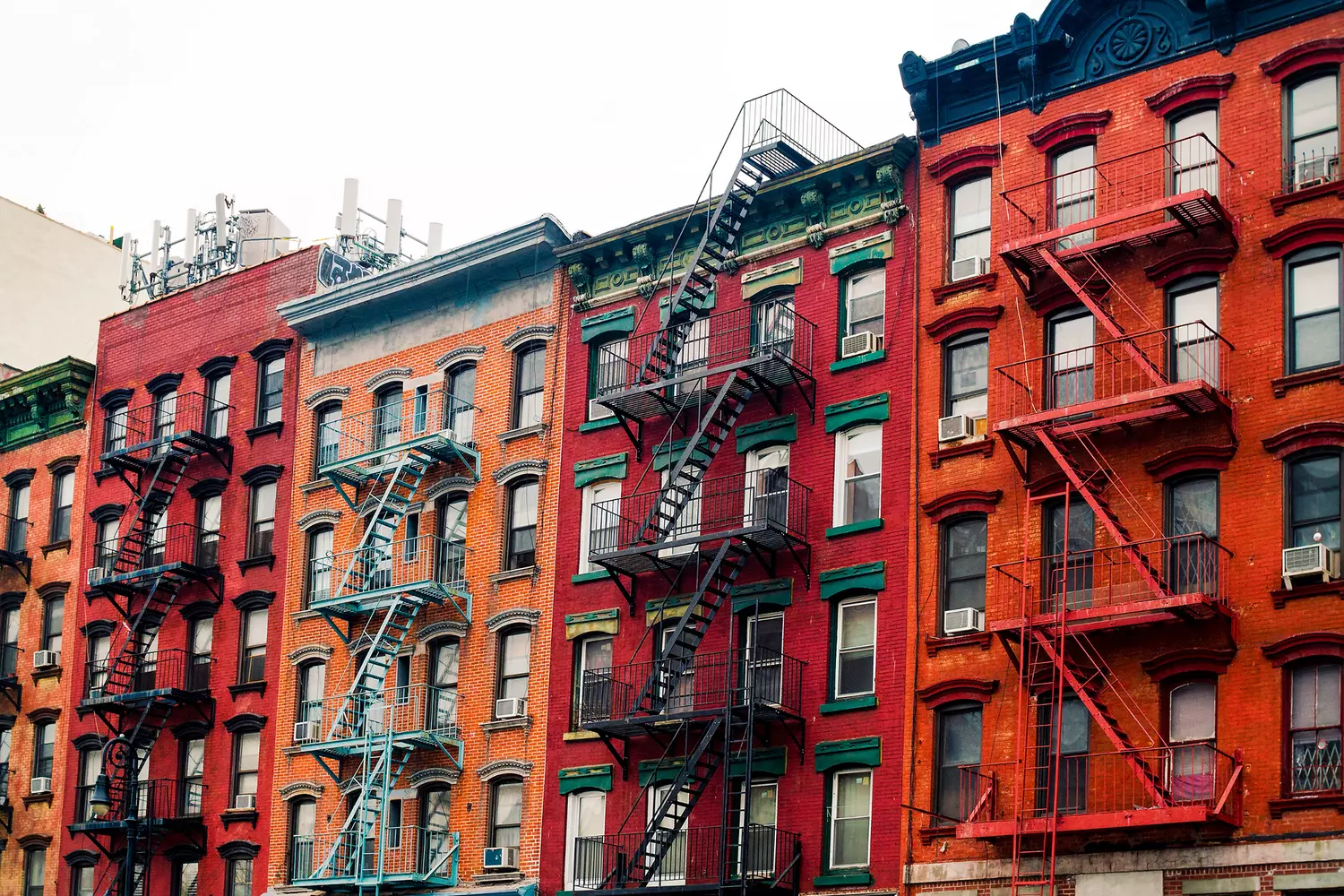
Cultural Highlights: What You Absolutely Must See
A walk through New York’s historic neighborhoods is like flipping through a photo album, where each page brings a new story to life. In these areas, architecture and culture are so intertwined that buildings themselves become landmarks, and the streets turn into open-air museums.
- 01. SoHo: Cast-Iron Romance
- 19th-Century Cast-Iron Facades
SoHo is home to more than 250 cast-iron architecture buildings — the largest collection in the world. - Art Galleries and Studios
After the 1960s, artists transformed abandoned industrial buildings into studios. Today, you can see works by both emerging and renowned artists here. - Fabric Shops and Designer Boutiques
The neighborhood’s history is evident: alongside modern brands, fabric shops offer unique materials.
In the 1970s, authorities planned to demolish part of SoHo to build a highway. The area was saved by artists and architects who proved its historical value.
- 02. Meatpacking District: Industrial Past and Trendy Present
- High Line
Old railway tracks were transformed into a 2.3 km green park suspended above the streets. Walking here offers new perspectives on New York. - Chelsea Market
A vast gastronomic space in a former Nabisco factory, where the famous Oreo was first produced. Today, it houses dozens of restaurants, shops, and bakeries. - Modern Nightlife
Meatpacking’s bars and clubs have long been iconic: people come not just for cocktails but for the atmosphere where past and future meet at one table.
- 03. West Village: The Bohemian Soul of New York
- Unusual Layout
Unlike Manhattan’s strict grid, the streets here are winding and reminiscent of European neighborhoods. - Famous Buildings
In West Village, you can still see Carrie Bradshaw’s apartment from “Sex and the City.” Fans take hundreds of photos daily. - Cafés and Bookstores
The atmosphere here is calm, almost European. It’s one of those places where you can get lost with a cup of coffee and a book.
- 04. Lower East Side: Living Immigrant History
- Lower East Side Tenement Museum
A museum located in a former residential building where immigrants once lived. Exhibits tell the stories of people striving for a new life in America. - Street Art
Graffiti and murals on building façades have long been an integral part of the neighborhood. Each piece tells its own story. - Gastronomic Legends
Katz’s Delicatessen — the oldest establishment serving iconic pastrami sandwiches. The authenticity of this place is felt in every detail.
- 05. Other Neighborhoods Worth Exploring
If time allows, an American Butler guide will also show you less obvious but equally interesting districts:
- Tribeca
A former industrial area now home to celebrities and trendy restaurants. - Greenwich Village
The legendary center of jazz culture and a birthplace of civil rights movements. - Historic Harlem
The heart of African-American culture with its famous jazz clubs.
The cultural program in New York’s historic neighborhoods is not a checklist; it’s an immersion into living history, where every corner breathes its own time.
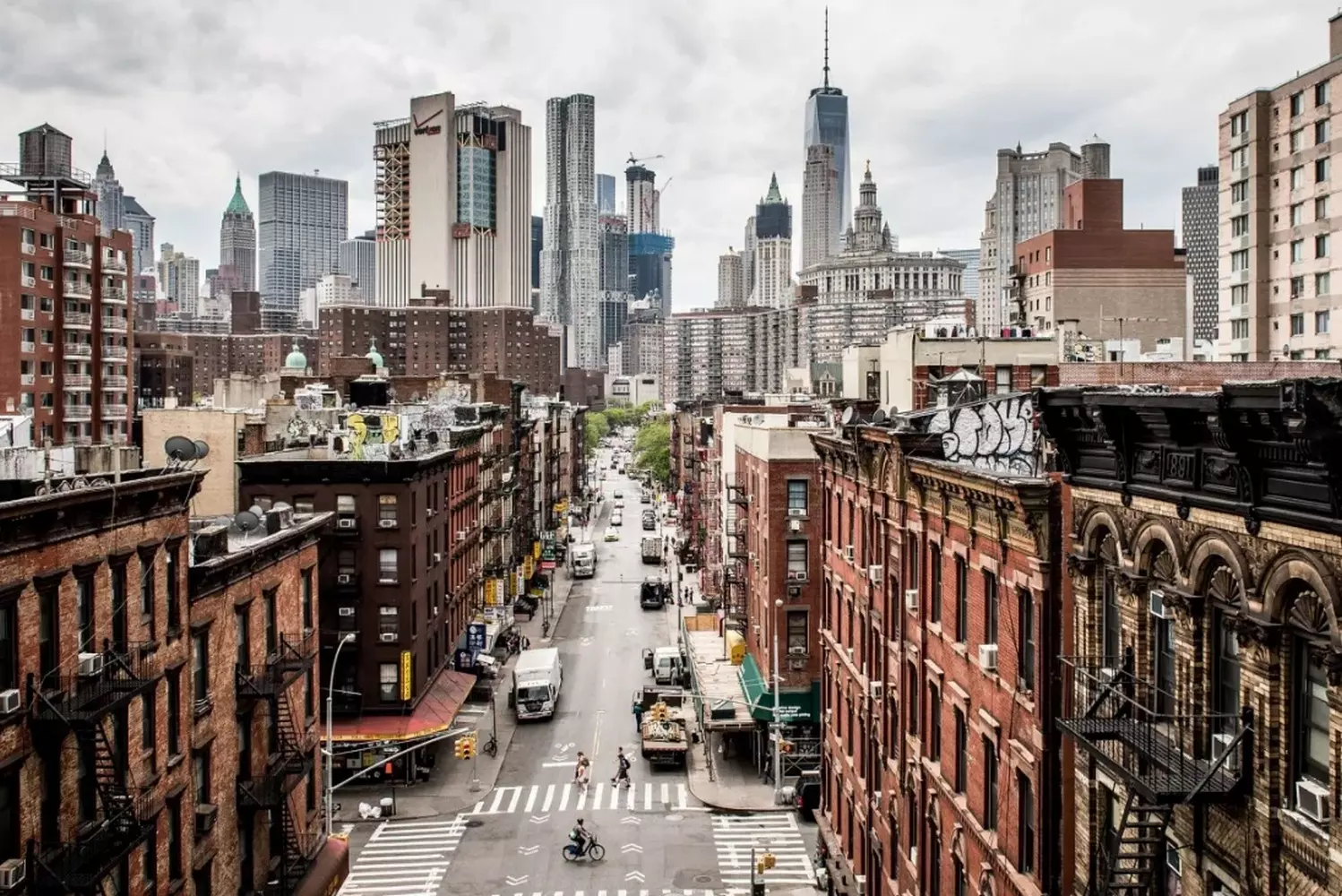
50 Shades of Diddy: Who Is He Really?
American Butler Tour: What to Expect
A walk through New York’s historic neighborhoods is not a dry tour filled with facts, but a journey through the city’s eras and characters. We’ve designed it so your day is full yet comfortable, with each street unfolding like a new page of a book.
- 01. Transfer from Your Hotel or Meeting Point
Your day begins unhurried. The driver meets you, and the ride becomes a smooth transition from the familiar skyscraper-dominated New York to the more intimate, “human-scaled” neighborhoods. - 02. Meeting Your Guide
The professional guide immediately immerses you in the atmosphere: explaining how the different neighborhoods developed, sharing legends, and asking what interests you most — art galleries, gastronomy, or history. The route adjusts to your preferences. - 03. SoHo and West Village
Here the pace slows. You stroll among cast-iron façades, each balcony looking like it stepped out of a 19th-century postcard. In West Village — narrow streets, blooming courtyards, and cafés where local writers and musicians pause for a latte. - 04. Lunch at a Local Restaurant
Lunch is not just a break, but part of the tour. You can try a legendary New York bagel, a gourmet burger, or a pastrami sandwich in a classic diner. The guide explains why New York’s cuisine tells the city’s story as much as its streets do. - 05. Lower East Side
A district where the spirit of immigrants searching for a better life is still palpable. You visit the Tenement Museum, see buildings with tiny apartments, and feel what it was like to “start from scratch” in a new country. - 06. Meatpacking District and High Line
By evening, the tour moves closer to the contemporary. Old warehouses and meat shops have become trendy bars and designer stores. Walking the High Line — the elevated park — offers panoramic views of Manhattan, making the city feel closer and softer. - 07. Return to the Hotel
The transfer takes you back, and on the way, you realize: the New York you experienced today is a completely different universe compared to what tourist brochures show.
New York is a city that feels familiar from films and TV shows. But once you turn off the main streets, it’s easy to get lost — not in geography, but in meaning. Historic neighborhoods require a special perspective. That’s why a tour with American Butler is not just convenient — it’s a qualitatively different experience.
- History Comes Alive in the Details
Walking alone, streets may seem beautiful but silent. With a guide, every building becomes a character. You’ll learn who lived there 150 years ago, why SoHo’s façades are so unique, and what makes one alley different from another. It’s not a walk; it’s a journey through time. - Saves Time and Energy
Neighborhood routes aren’t always obvious: streets can be winding, landmarks hidden inside buildings. American Butler plans the route so you won’t waste a minute, seeing the main sights and the most interesting spots. - Relaxed Atmosphere
On your own, you might start “racing through a checklist”: visiting one building, then another. On a guided tour, everything is different — you move at a comfortable pace, with pauses for coffee, photos, and conversation. - Local Secrets
Where to find the best bagel, the perfect photo spot without crowds, which bar in Meatpacking is worth visiting in the evening — these tips aren’t in guidebooks. These are the little discoveries that make traveling special.
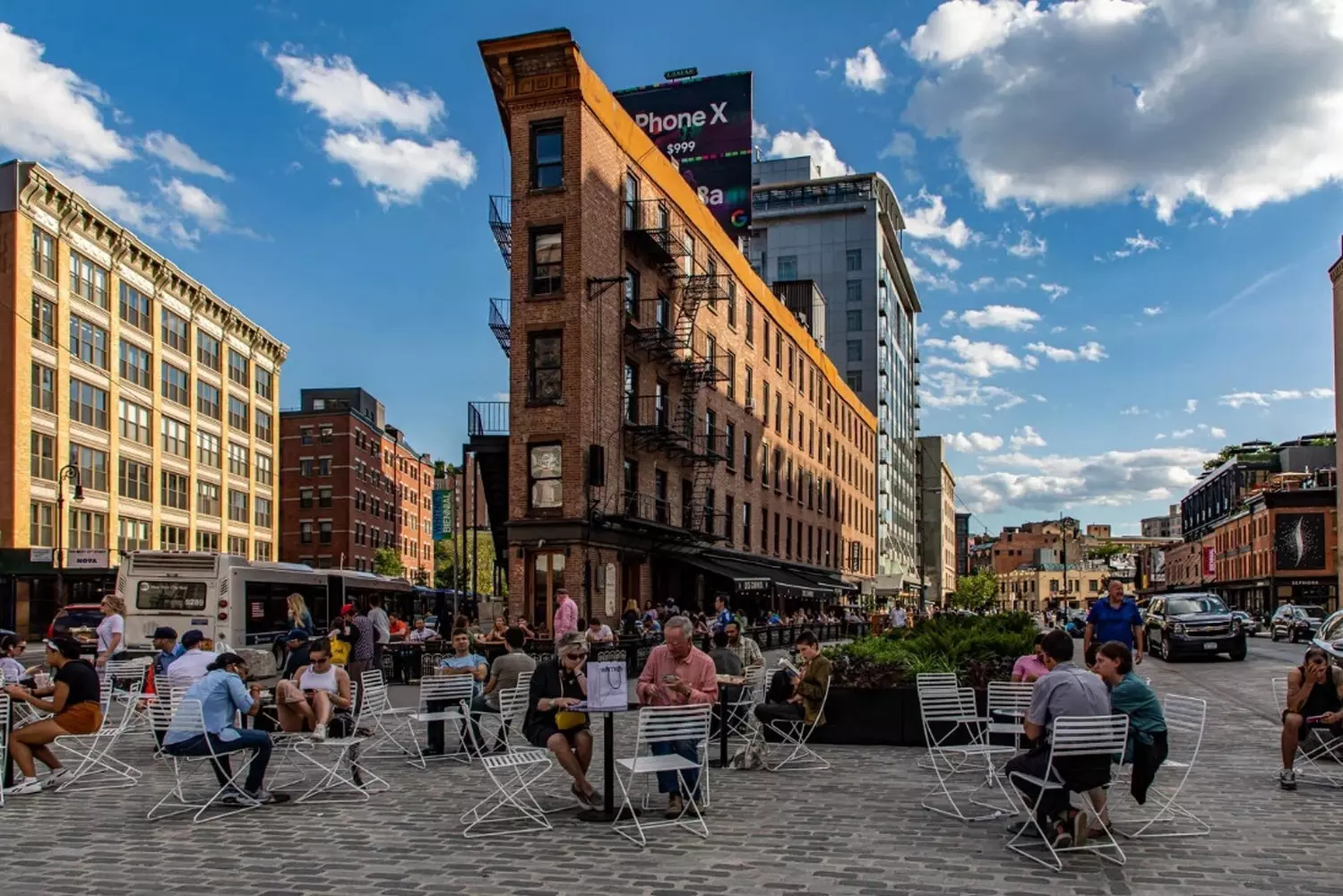
Terms & Conditions
- Tour cost from $450 ($75 / hour);
- The minimum tour price covers a group of up to 3 people; an additional $75 per extra passenger applies;
- Tour duration — 6-8 hours;
- Travel time includes transit and traffic along the planned route, but is not less than the stated duration. Each additional hour costs $75;
- Museum tickets and hotel room for the guide are paid separately;
- Tips for the guide are always appreciated, but not mandatory, and may be given at your discretion;
- Tour prices may vary depending on the season.
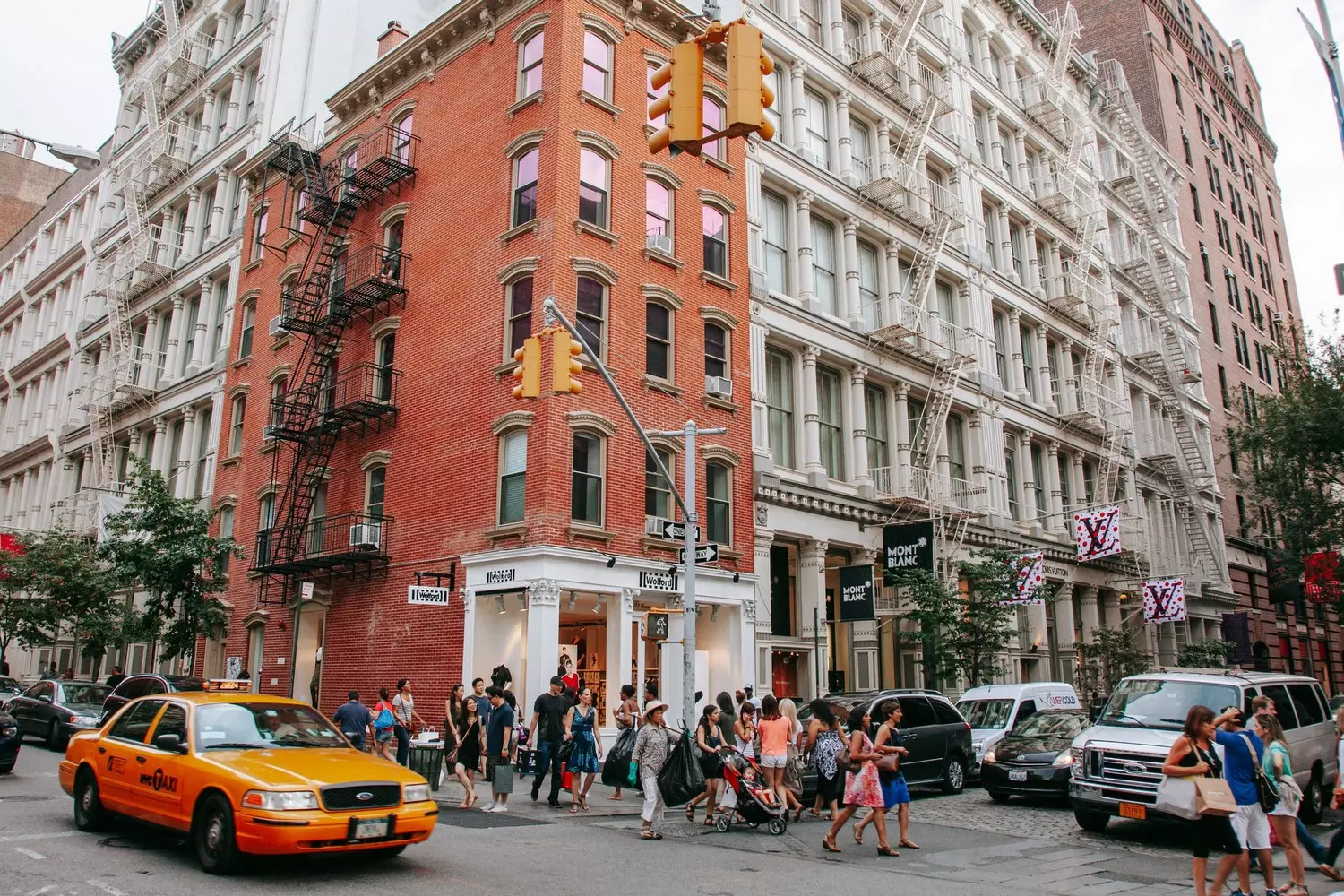
Feel the Pulse of New York City with American Butler
New York’s historic neighborhoods are a place where the past comes alive. Here, you can experience the industrial city of the 19th century, the European-style streets of the Village, the gastronomic culture of the Lower East Side, and the contemporary bohemia of the Meatpacking District.
With American Butler, your walk will become a true journey through time. We’ll show you the New York known only to locals and help you feel the spirit of the city without filters. Trust us — and New York will reveal a whole new side of itself.
Tour Pricing
- Tour for Up to 3 People from $450
- Additional Passenger from $75
- Tour Duration from 6 часов
- Extra Hour of Tour from $75












